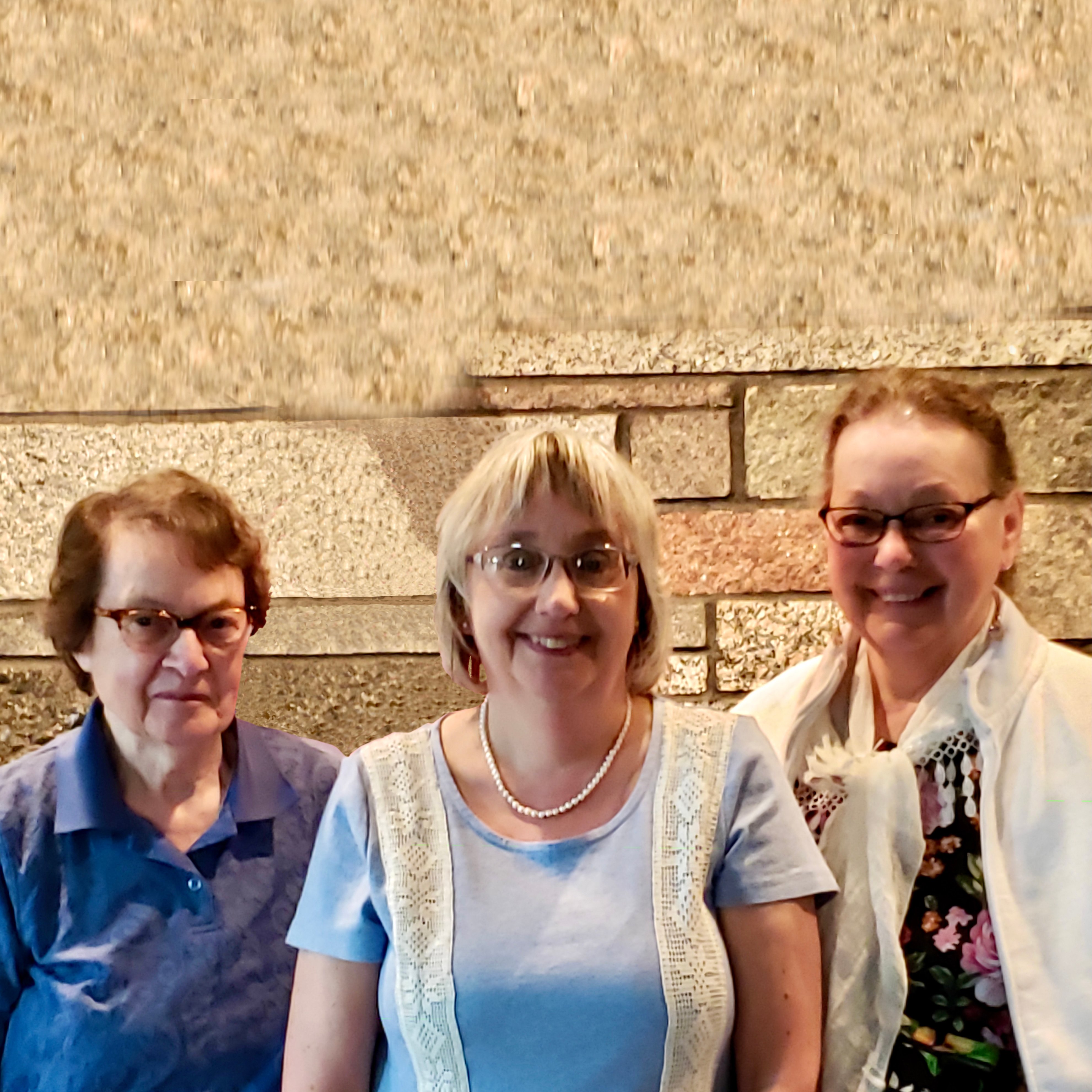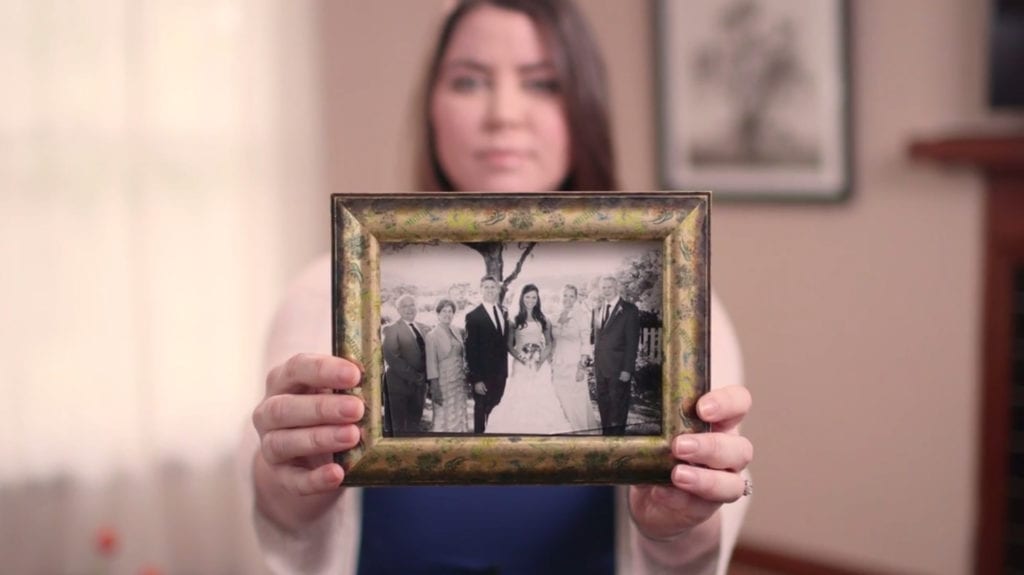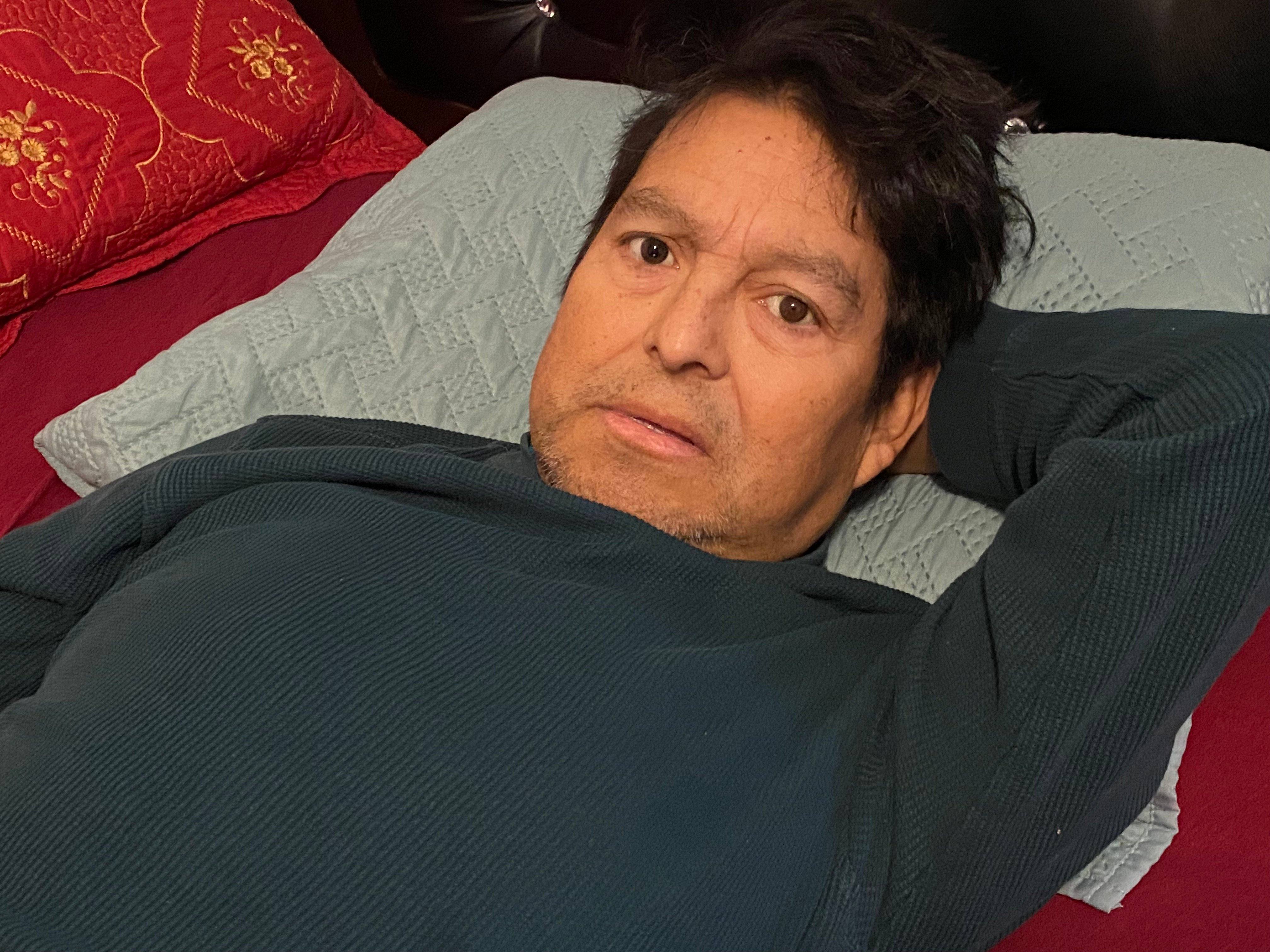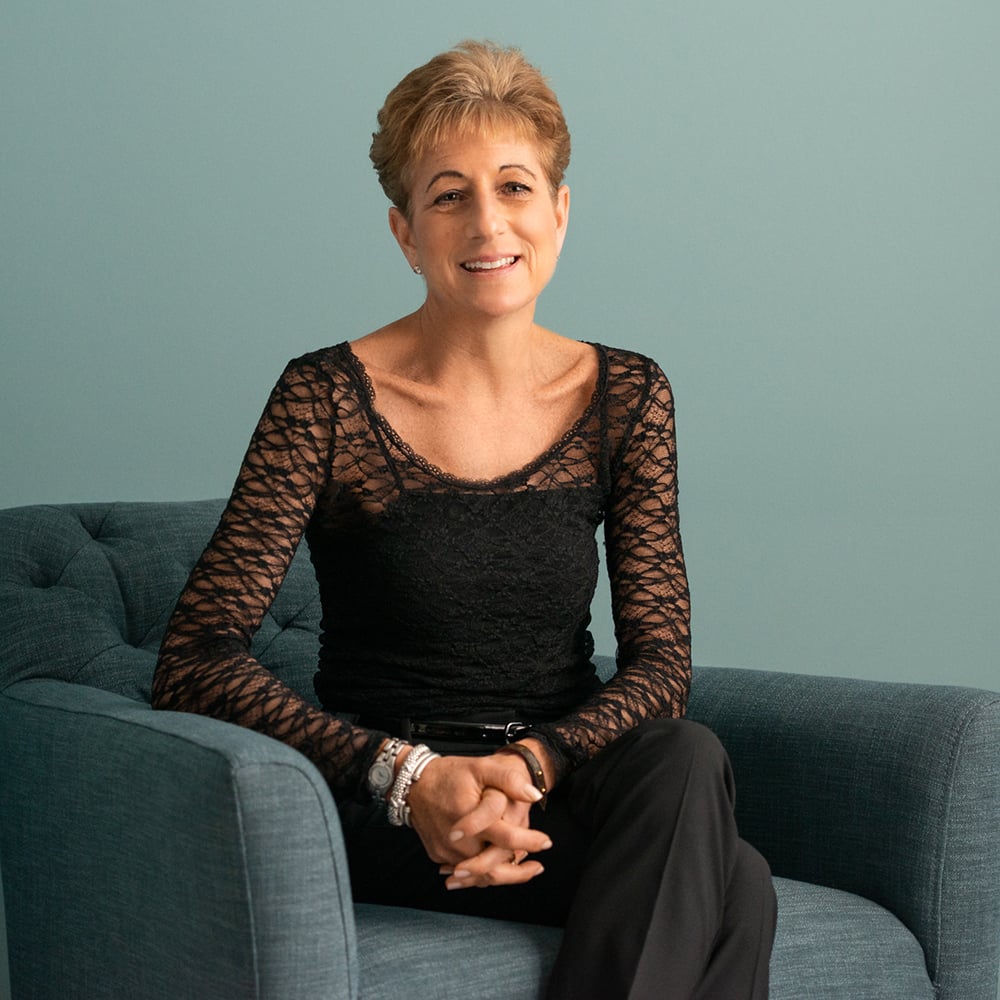If you believe that terminally ill residents in Minnesota should not have to suffer like Ruth did, add your name here.
Lynn and Barbara shared their story in December of 2022.
For years, our sister Ruth complained of back pain. Doctors diagnosed her with osteoarthritis and told her to take Tylenol, so she did. But the pain got worse and worse. On March 18, 2021, after an hour in a dentist’s chair, she got up and was hurting terribly. Over-the-counter meds didn’t help. The next day we went to urgent care. The doctor took an X-ray and said, “Ruth, you need to see an oncologist.”
By then, the lung cancer had already spread to her bones.
Ruth went through three different treatments. The first treatment, which started in May of 2021, was an intravenous chemotherapy that required weekly infusions. Ruth also received monthly infusions to help build up strength in her fragile bones, which caused her additional pain on top of the weakness that was a side effect from the weekly IV chemo.
Not being able to get up off the couch as a result of her treatments was devastating to Ruth. She was an active person. Normally, she would have been out mowing grass, shoveling snow and helping her neighbors do the same. She would have been working in her yard or feeding the birds. The latter was so important to her that after she got sick, she asked her neighbor if she would come over every few days, get the ladder out of the garage and climb up the ladder to fill her bird-feeders.
In March 2022, Ruth had a PET scan that showed wonderful results. Every single spot on the scan had shrunk. We were all so excited. But slowly, the pain crept back. In May, it got so bad that we again took her to urgent care. A CT scan and later a PET scan confirmed that the cancer had spread massively.
She was receiving fluids due to dehydration about a month later when she decided she didn’t want to do another chemotherapy treatment. She began hospice in early July.
Ruth was a very religious person who had gone to her Lutheran church every week, sung in the choir and taught Sunday school. She accepted death, but she was also afraid of the dying process. She had such unbelievable pain all the time. In the last months before she died, several times she said, “I want the pill so that I don’t wake up in the morning.” Unfortunately, she had no such option here.
We wish Ruth’s hospice provider and palliative care team would have had a more thorough discussion — and maybe not just once, but repeatedly — with her and with us about what to expect once she quit treatments. We knew Ruth would eventually stop eating. We didn’t know that she was just going to waste away, skin hanging off her bones, just sitting there and waiting to die. We didn’t know the cancer had spread to her brain and she would struggle to remember things correctly or at all, or to speak in logical sentences. She wasn’t making sense anymore. She wasn’t herself.
Ruth passed away on October 17, 2022, at the age of 82. If medical aid in dying were authorized in Minnesota, Ruth could have exerted some control over the disease that had taken so much control away from her. Why did she have to waste away for the last few weeks or months of her life, in pain, when she could have had a far more peaceful death? Watching our sister die opened our eyes to the critical need for this compassionate option in our home state.






